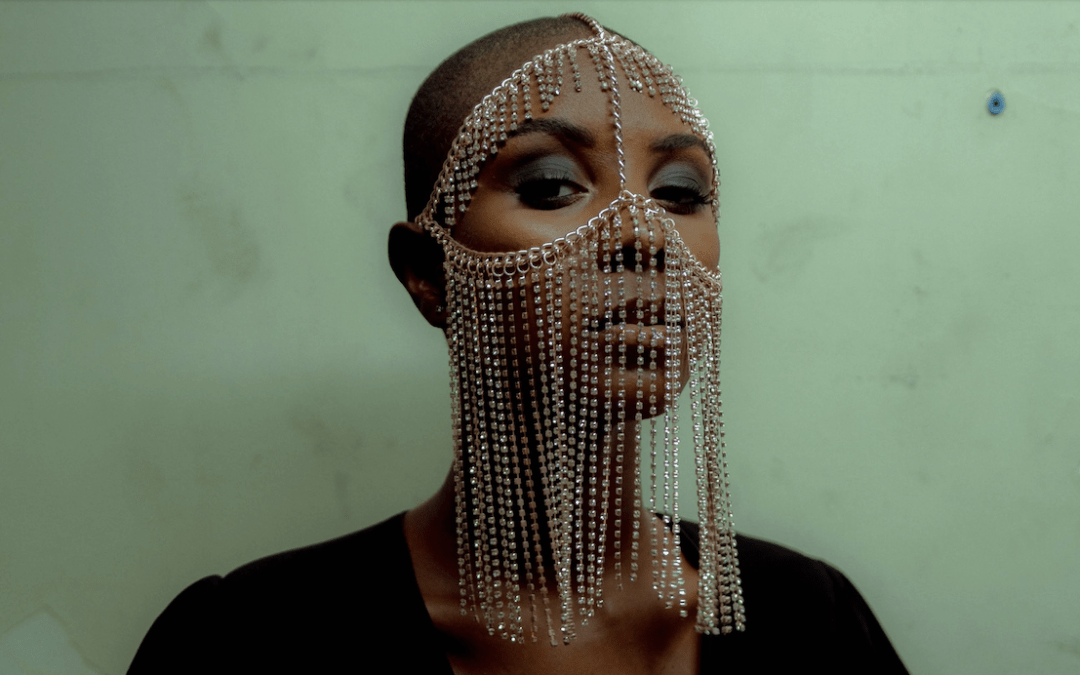Packing your bags and escaping from that busy city lifestyle to a summer or country house is one of the most exciting summertime pleasures. Waking up to a bright sky and bird sounds, in a house amongst a field of wildflowers is a uniquely happy feeling. But it is more...
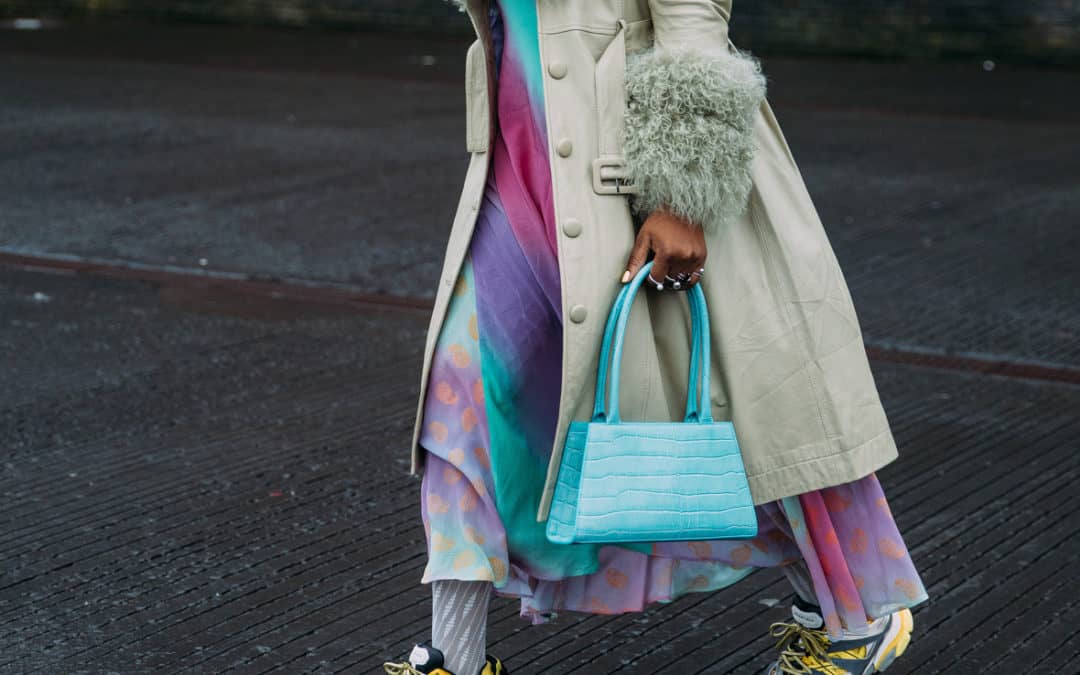
Up & Coming Influencers: community curators & social shifters
Up & Coming Influencers: community curators & social shifters
Up and coming influencers, otherwise known as micro-influencers, are without a doubt one of the most exciting demographics on social media in the eyes of any lifestyle brand. Micro-influencers are usually defined by having a humble number of followers whilst having a very strong engagement and conversion on their SoMe platforms – meaning that they have a measurable level of trust with their audience. This niché group of influencers are golden to marketing strategies.
Community Curators
A community influencer, in the most literal sense, is an individual who impacts the lives, decisions, and habits of those in their close vicinity. When it comes to social media this vicinity may not have global bounds, but a community it is nonetheless and micro-influencers play a vital role in SoMe communities. Oftentimes, they are connected in real life to other micro-influencers in their city or industry, and together they have an immense impact on the livelihood of consumerism within the community that they are not only a part of and are helping to shape.
Whether it be within fashion or home interior, brands can utilize this method of marketing to their advantage by targeting the exact group of consumers they want – be it a community of Copenhagen city-girls who are sustainable in their fashion purchases, or a global community of home interior lovers who are obsessed with pastel color pallets. The amazing thing about up and coming influencers in any given market is that they curate content for the community that they themselves are a part of. So they know who they’re talking to and how to get the job done when creating content with your brand!
Social Shifters
As influential community curators within the lifestyle industry, up and coming influencers also have the power to enact real social change. A micro-influencer is not just a marketing tool, they are a talented content creator who is great at what they do because they know how to connect with their audience from a place of trust and honesty – whilst telling visually beautiful stories of course! As Gen-Z gets older, and the purchasing power of this generation grows, the market will have to adapt to them. According to Forbes:
“today’s consumers, particularly younger demographics, are looking for brands who care about connecting with consumers through authentic, nontraditional representation.
It’s particularly critical for brands to make diversity a priority in their influencer outreach because of how influencer marketing works. Audiences are drawn to influencer marketing because of its relatability. Influencer marketing works best when it comes from a place of authenticity and audiences can relate to what’s being shared.”
- Almost half (44%) of Generation Z has made a purchase decision based on a recommendation from a social influencer, compared with 26% of the general population.
- 36% of influencer-following consumers saying they follow a more diverse group of influencers than they did before the protests against racial inequality started in the summer.
- 65% of consumers saying they would stop following an influencer who says or does something that doesn’t align with their personal ethics and values.
- 32% of respondents saying they had purchased more products/services from businesses that are endorsed by influencers from different racial and cultural backgrounds.
On The Rise
Up and coming influencers are, as the name suggests, always on the rise. This means that an influencer who is rising in the Danish home interior sector today may be a top advocate within the industry by next year. The interesting thing about these influencers is that by working with them now, as they are still classed as “micro”, your brand will have access to communities that have great engagement and conversation rates from SoMe marketing and who really trust the influencer you’ve partnered with.
Hence, linking your brand to that concept of authenticity in the eyes of these communities. Moreover, as they become “macro” influencers, your brand will be associated with a content creator who can grow from a position of consumer trust and social significance. You can read even more about the ins and outs of influencer marketing in our article Influencer Marketing: An ever-changing industry that is here to stay.
Industry Insight
We spoke to Alessandra Giffuni, The Founder of The Talent Lab, to hear her expert insight on what makes an up and coming influencer exciting for brands and why you should actively be working and co-creating with them.
Alessandra Giffuni is an entrepreneur based out of Milan. A creative at heart, she is passionate about marketing, education, and real-world experiences as a means of learning.
She was first introduced to the fashion industry while pursuing her Master’s Degree in Marketing in Milan, Italy, which eventually led her to co-found Global Fashion Travels, an educational travel experiences company that brings the New York and Milan fashion worlds to entrepreneurs and university students across different programs.
In 2020, she founded and currently leads The Talent Lab, a global influencer marketing agency that operates between Milan and Miami. The Talent Lab exclusively represents over 30 talented influencers and content creators across different markets and works with the world’s most renowned brands and conglomerates in influencer marketing campaigns.
In your opinion, what would you class as an up and coming influencer?
Within the Italian market specifically, I would say it’s between 20 to 60 thousand followers, in our agency we would define them as micro-influencers. We see a lot of them emerging more and more with really professional content, often the same level of content as the more macro talents we have.
There is also a big trend, especially, with talents that are considered part of a minority that has been underrepresented in the marketing industry, they are finally emerging on a larger scale, which means the overall population is recognizing them as part of mainstream culture. They tended to have smaller numbers in terms of followers and, right now, they have a big role so brands have shifted their attention to these types of profiles too to make a more diverse representation happen. With this, I’m talking more about Europe, in the US, although not perfect, it had already started. There is a focus on inclusivity and representing the diversity of a country in marketing initiatives which wasn’t really there before in the way it is now.
This is just one of a few reasons, though; micro-influencers tend to have a closer relationship to their community and their engagement is higher, so if a brand would like to reach really specific segments, for example, if they’re advertising locally, it makes sense if they’re working with a local talent that will reach the exact community that they want. Micro-influencers here (The Talent Lab) have a high engagement, close ties to their community, high conversion rates – these are the main characteristics. But yes, we see brands becoming more and more inclusive, so that’s really great and a good direction.
Do you think that this social activation towards diversity in marketing comes from brands’ initiatives driven by events we’re watching in the news, or rather brands looking to what competitors are doing?
Or, is it a natural trend being pushed on social media by young people following different types of profiles?
It’s all of the above. It’s something that was bound to happen and should have happened earlier in my opinion and I’m very happy to see that this is finally going on. Of course, every market in Europe is different and some markets were ahead of this social change already, for example, France. Here (Italy) it was a pretty big change.
From last year to this year, we saw a huge shift in attention, with Black Lives Matter playing an important role. I think what happened at the beginning of the pandemic really shifted the perception of people in general. Then, when the market demands something brands pay attention – and I think it’s a must that brands pay attention. Maybe some did it because they had to, it’s a learning curve for everyone, but some did it because they understood it and are genuine about it.
In general, though it was bound to happen and, as I said, it happened too late in my opinion. It is also definitely related to Gen-Z – they’re more activists than us millennials! They absolutely care about social change and it’s a very interesting generation. As generations get older and have more purchasing power brands will listen, and some US data shows that the highest conversion rate that social media can have is with Gen-Z.
So with this in mind, if we think about numbers and performance, how do you tell if a micro-influencer is up and coming and therefore worth watching out for?
If they grow really fast that’s a good indicator. Especially if we are talking about Instagram, because growing isn’t as easy as it was a few years ago. So, if a talent or content creator is growing a lot it’s a great indicator that they have a great engagement and they are creating content that has been found interesting enough that it’s allowing this growth. With YouTube it’s pretty steady, you don’t really go viral overnight, it’s pretty rare – unlike Tik Tok, where we currently can witness talents going viral overnight.
Then would you say that there’s a correlation between the time taken to create content and the growth rates of influencers?
I don’t think necessarily. Certainly, a good portion of really good content may take a long time to develop. For example, Tik Tok can take a very long time to record, especially if it requires a lot of transitions because then it becomes a whole process. It’s just more the style of Tik Tok is very relaxed, you can be in your sweat pants and in your living room, so it may look like it did not take too long to create but it actually did! Whereas Instagram tends to be glossy.
YouTube usually requires a whole production. Many creators choose a studio set up to create quality content. YouTubers we manage use studios and some of them edit all of their own videos so they really need to have entertainment skills and technical skills. It’s really time-consuming to keep the platform updated. The quality of content is a big driver, but it’s really the relevance that’s another huge driver. It’s who you’re speaking to and if the content is relevant within the platform.
So what would your advice be to brands wanting to collaborate with micro-influencers perhaps rather than macro-influencers – particularly when it comes to different marketing initiatives and storytelling ideas?
I’m not advising to do either or, it really depends on what the specific brand wants to do. For instance, if you want to advertise more locally or to a specific community then you’re probably better off reaching that community with micro-influencers. At the same time, you have to have a lot more points of contact to reach the same amount of people, maybe you need 10 micro-influencers to reach the same amount of people as you would have reached with one macro talent with a good engagement. Also, the consistency of working with one talent versus 10 means that the storytelling of that brand is more “under control”.
A key part of influencer marketing is that talents communicate in their own style and the more talents a brand works with the more differences there will be in how the brand story is told, so it just depends on what needs to be achieved. I think actually working with both micro and macro talents is the better strategy based on the marketing initiative. We do work with both types of talent and we get great results with both – it’s all about your approach and your objective.
I also think it’s great for brands to experiment as well, and see how an activation may differ with different types of talents implementing it. Talents all have their own way of communicating that will reach their community in a way that is relevant for them. Giving them the freedom to do that is going to give really good results and I think brands can, and should, experiment to learn what works best for their objectives – they can get so many valuable insights from letting different talents do their thing!
Marketing is a science but also a form of art. Something can work once and you can do it repeatedly but it’s eventually going to get boring and it won’t be relevant anymore. Yet you do need to be continuous – you need continuity to get exponential results so by collaborating multiple times with the same talent you get a fuller picture of what story is being told. But, continuity also means continuously trying new things, and then also bringing back from the past when there’s relevance again.
In other words, marketing never stops. I don’t think it’s so much about reinventing the wheel, I just think we need to be relevant at the appropriate time and to achieve that, you need to be consistent.
Georgina is the UK Market Coordinator at VOCAST, responsible for British fashion and lifestyle research. Along with her work at VOCAST and studies at Copenhagen Business School, she is passionate about conscious fashion reform in the industry.
SIGN UP TO OUR NEWSLETTER
Get free knowledge on how to optimize your B2B marketing & new product releases.
RELATED POSTS
Summer Escape: a guide to country & summer houses
Salvatori launches Digital Showroom powered by VOCAST
Salvatori is an award-winning Italian design company specializing in natural stone and creating innovative products for every part of the home. Since 1946, innovation is entrenched in the DNA of the company. Drawing on the very best of Made in Italy values and...
How ATP Atelier shares great pieces of content with their B2B partners
Content marketing is one of the most effective methods of developing brand presence, growing an audience, and driving sales for many brands. Consistency in brand messaging is one of the many factors that determine growth and control over a company’s narrative. Strong...








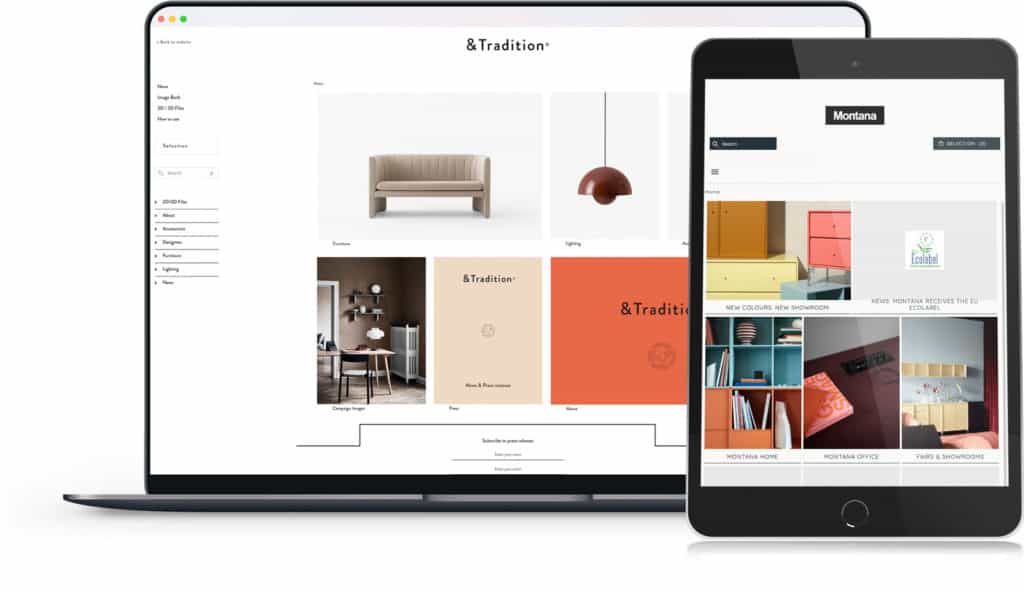
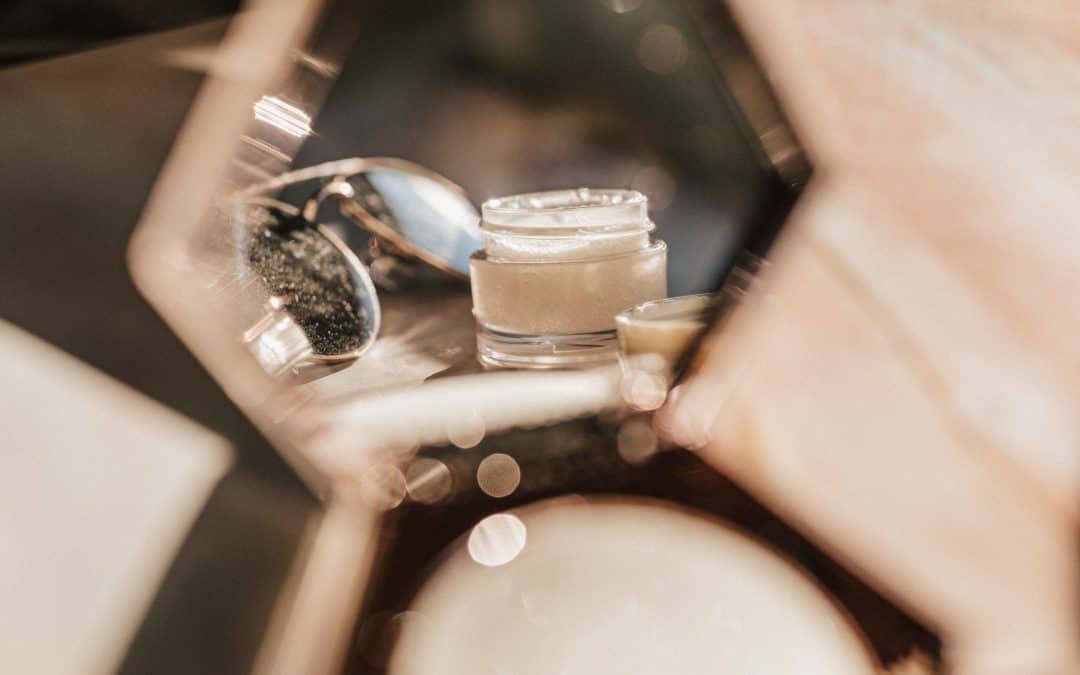


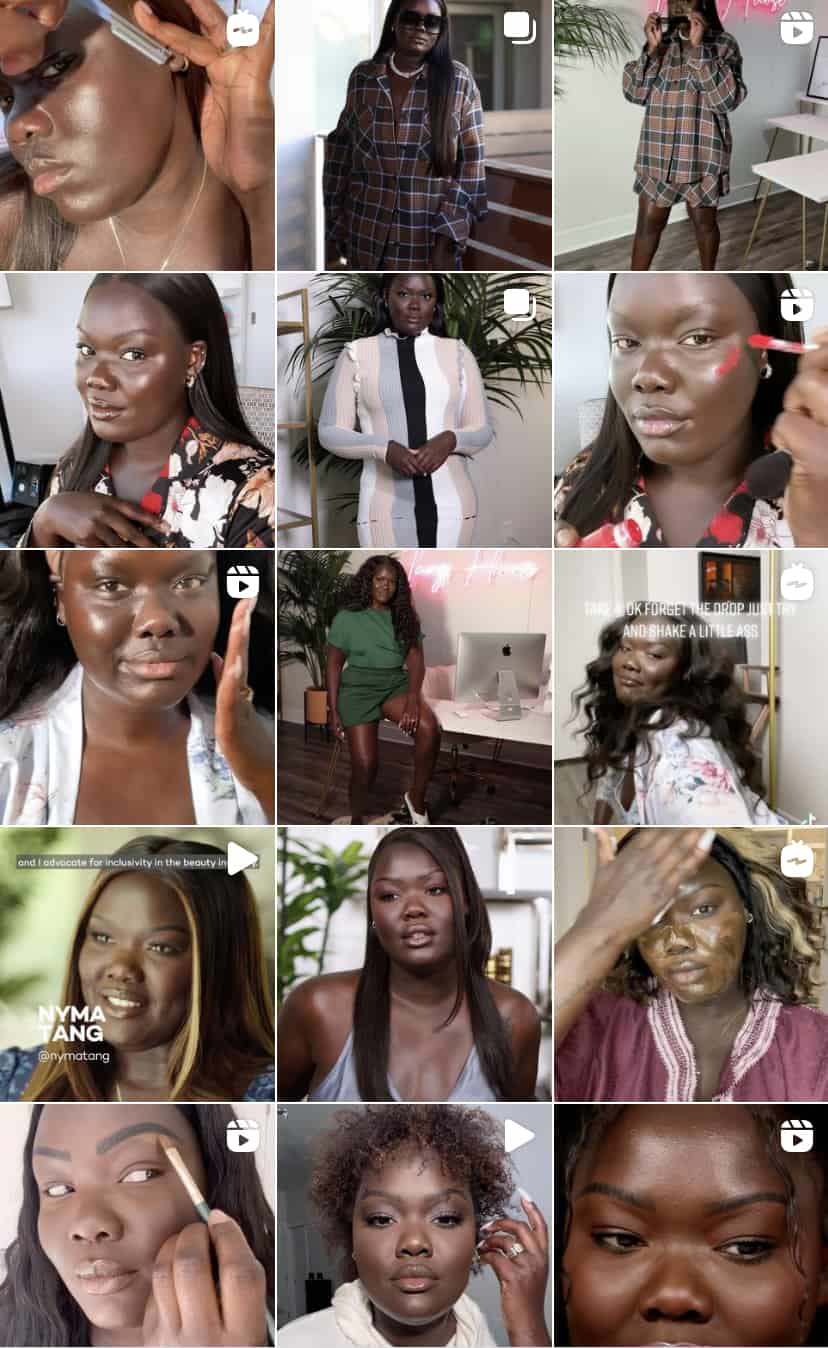

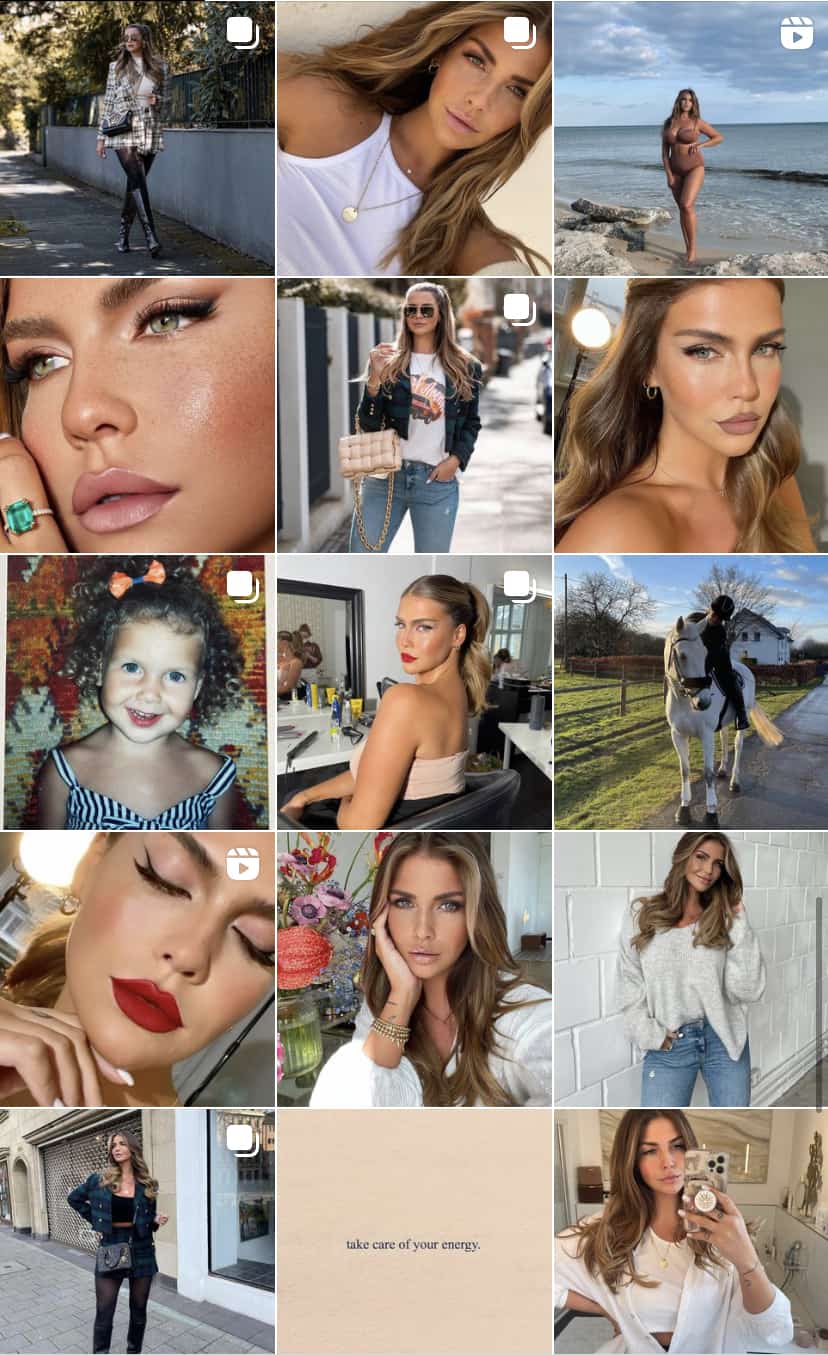


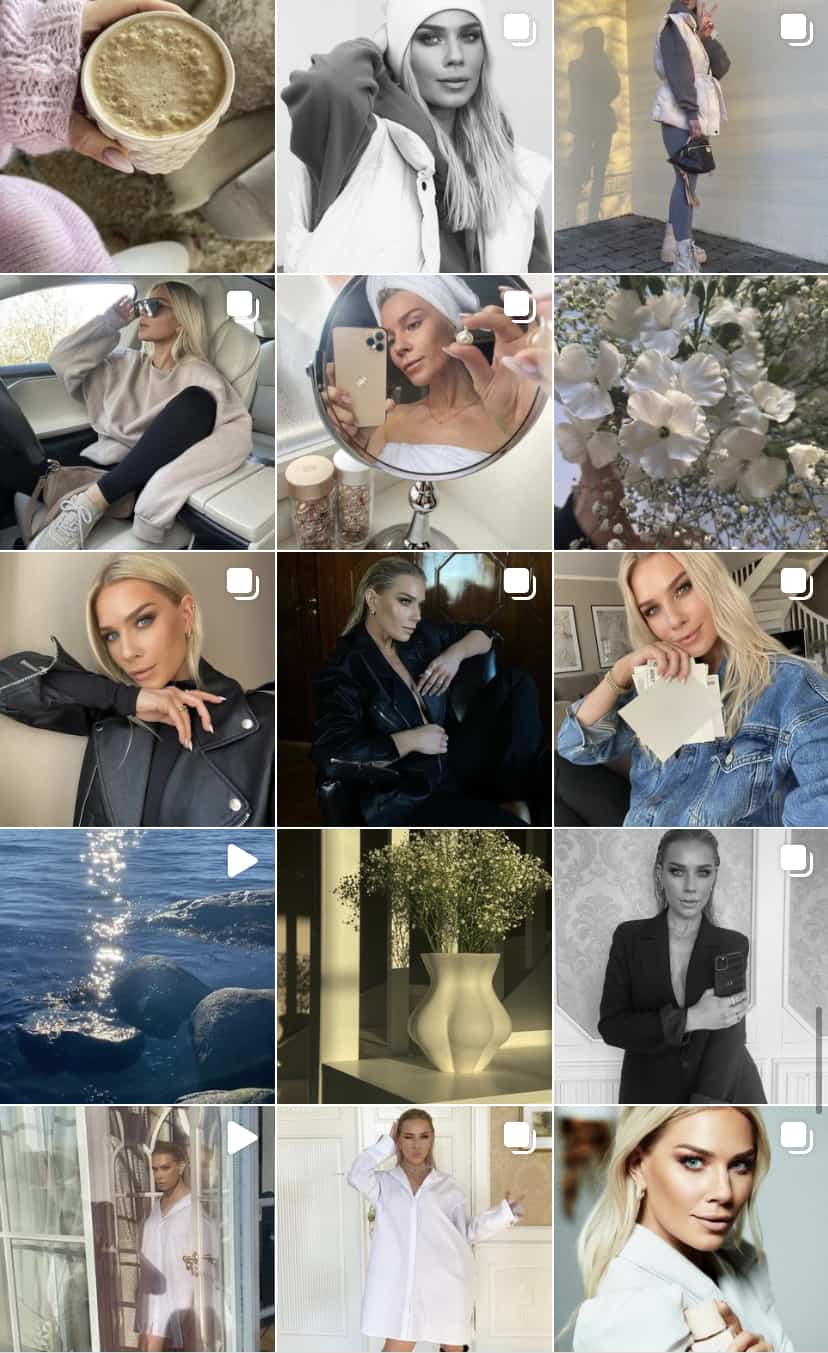



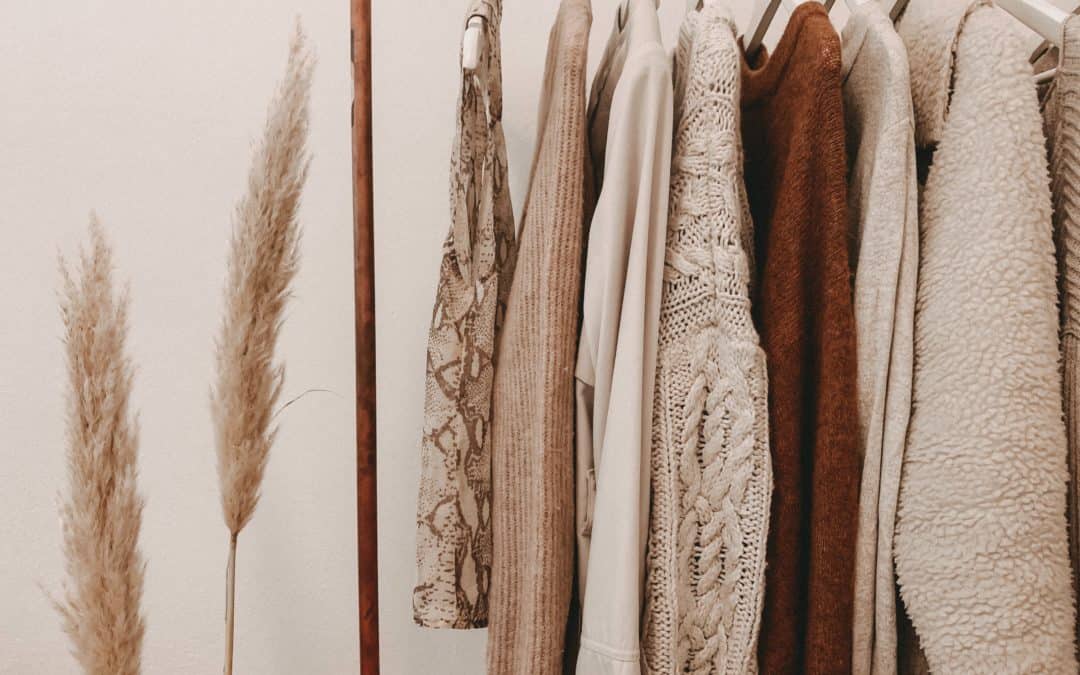




 It is particularly interesting to see what our changed lifestyle has meant for brands standing in direct contrast to those catering to homewear.
It is particularly interesting to see what our changed lifestyle has meant for brands standing in direct contrast to those catering to homewear. 

